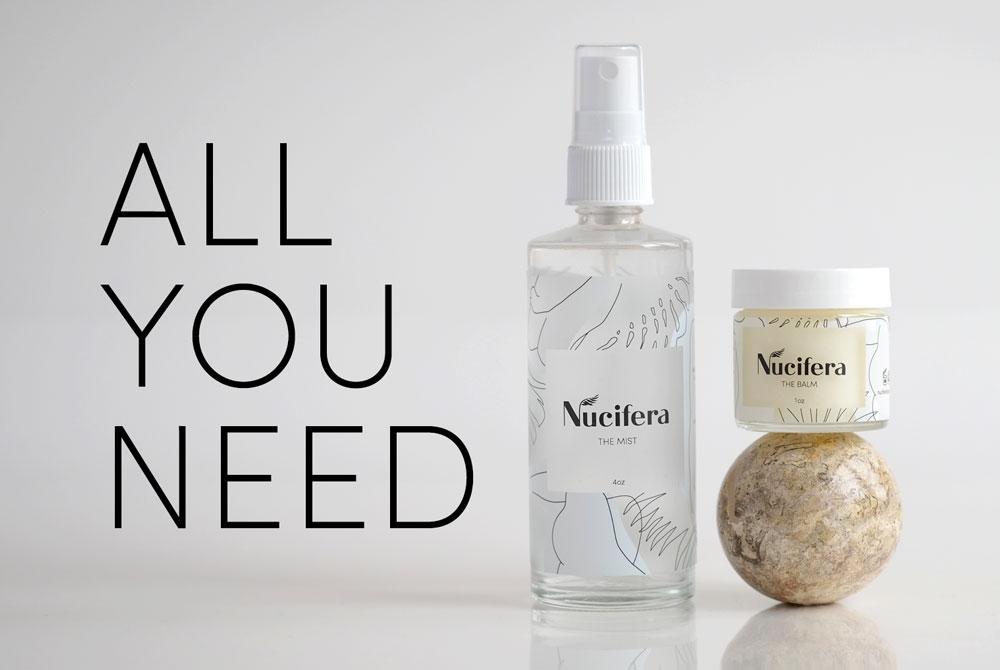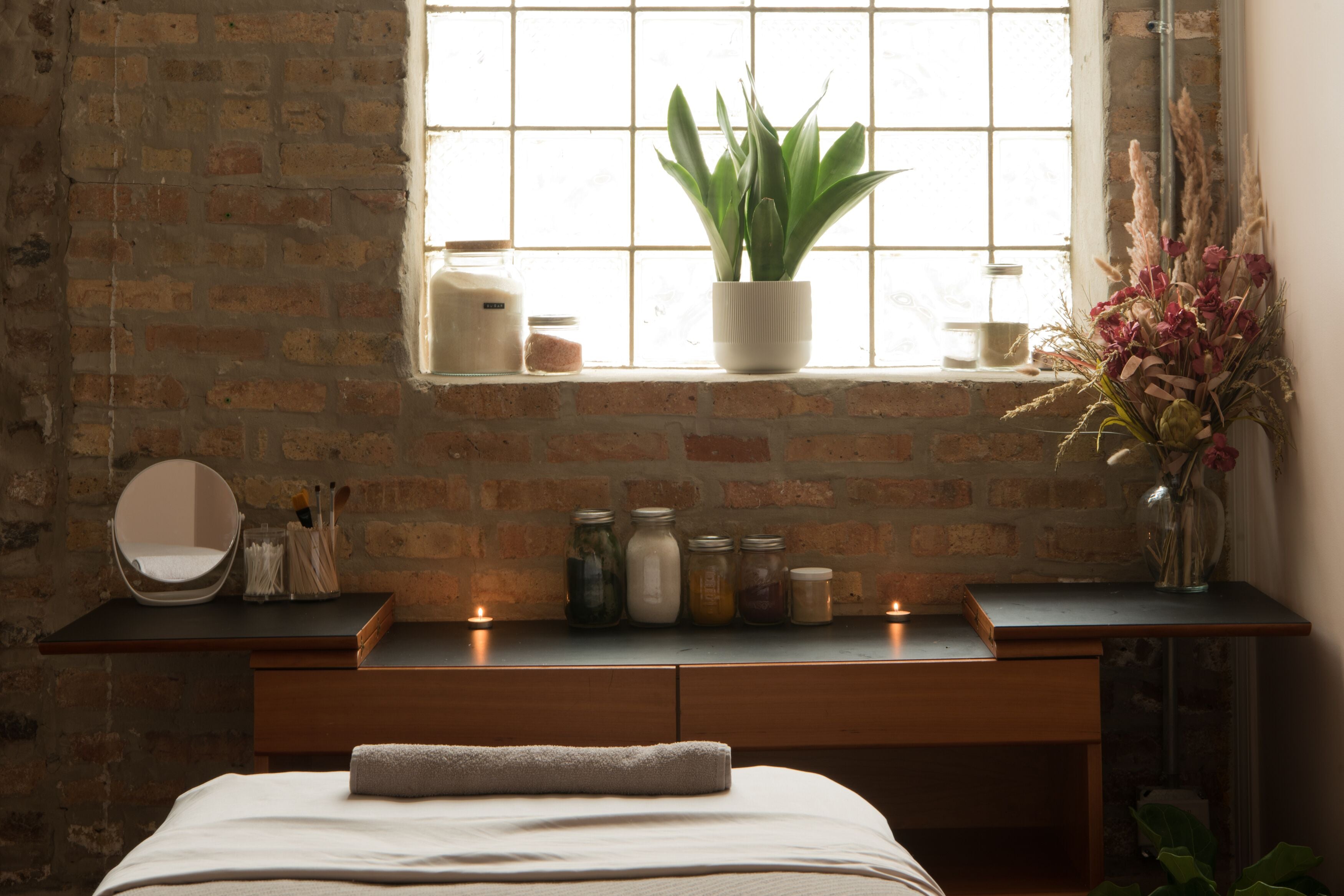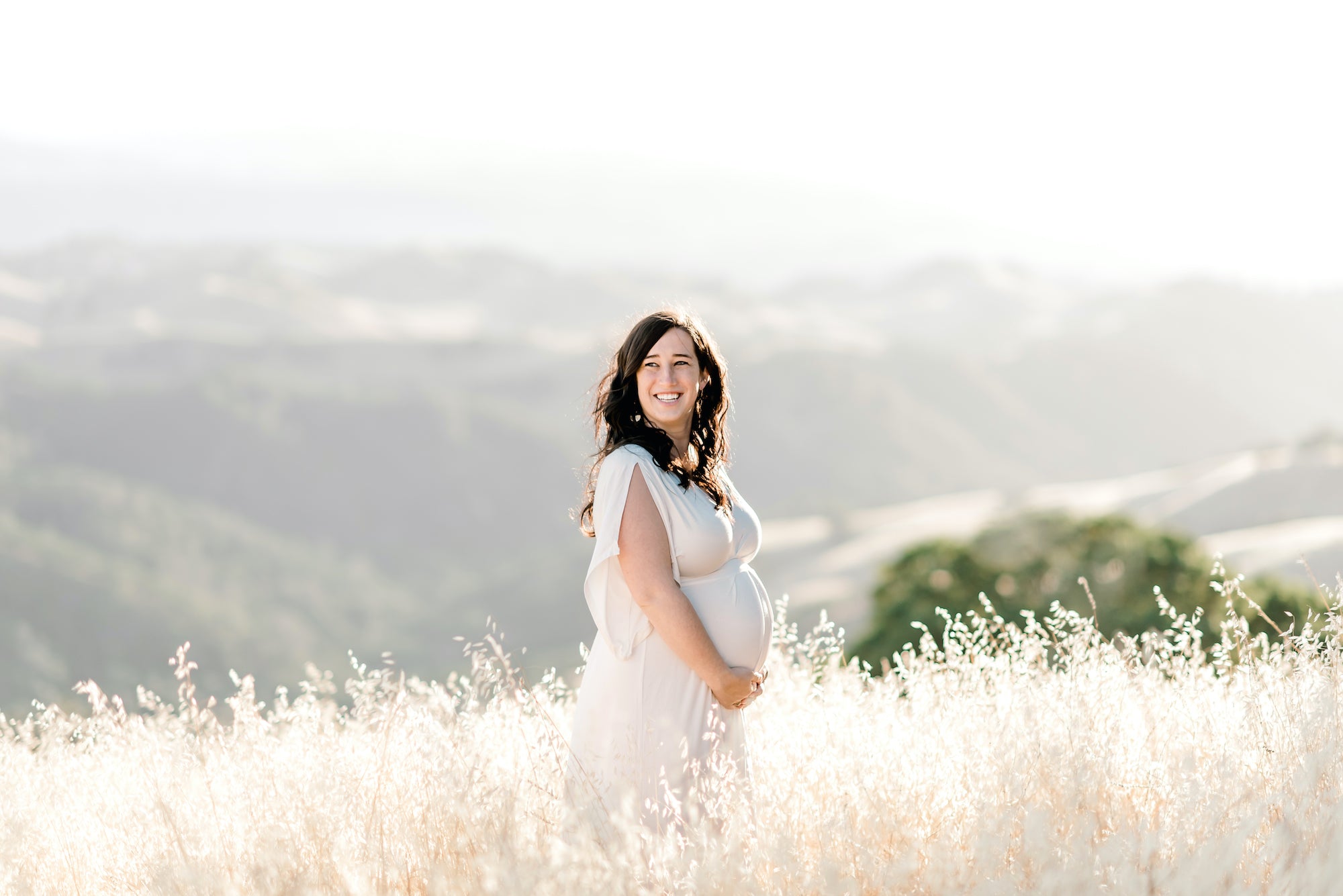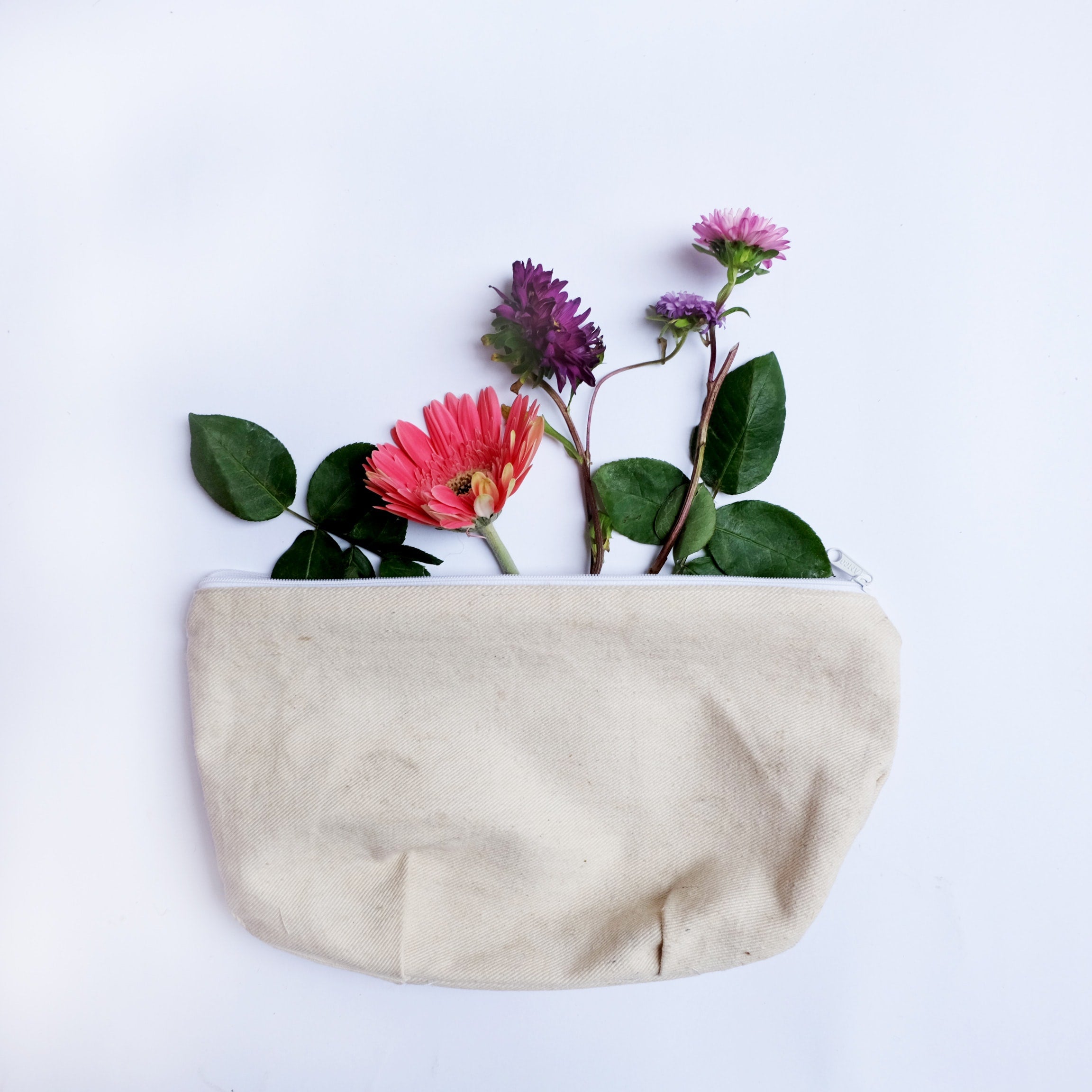HOW DO I FIND A BEAUTY ROUTINE I CAN BELIEVE IN?

Q: I want to make my beauty routine more natural, but I feel stuck. How much can I trust the label, when every brand calls itself natural or non-toxic or organic? And how can I tell if that $18 hand cream is really better for me than the $8 one already in my bag? I feel like I need an advanced chemistry degree to be able to cut through the hype and shop for shampoo!
A: First, take a big, deep breath with me. You want to use more natural products, and that’s something to celebrate—better for your health, better for your skin, better for the planet, better all around. But you’re not crazy: There’s a whole lot of greenwashing that goes on any time there’s money to be had in marketing something as natural. So you can’t grab just anything off the shelf, trust the label, and call it a day. You have to be a discerning beauty shopper. Here’s what I suggest, when people are feeling stuck:
First, don’t make perfection the enemy of progress. It’s noble to decide you’re going to green your beauty routine, but if you set out to replace your whole make-up bag or swap every product in your bathroom you might just overwhelm yourself. (And you don’t want to toss everything and then quit—you won’t have deodorant or toothpaste for tomorrow!) Instead, take it one category or even one product at a time. If it takes you three months to find the replacements you love, so what? You’ll have methodically picked and tested those alternatives, so you’re more likely to stick with them.
Start with a high-impact swap. When you’re prioritizing products, think about how often they touch your body. That party lipstick you wear once or twice a month is probably less pressing to upgrade, for instance, than an antiperspirant you rub onto your armpits daily. Antiperspirants and deodorants are one of the first things I suggest people scrutinize, as many conventional brands contain ingredients that may be carcinogens or endocrine disruptors—and there are super-effective natural brands available that will keep you stink free without putting you at risk for cancer!
Sunscreens and lotions are another category I typically encourage people to look at. You probably use one or both of these daily—and over a good portion of your body. So taking the time to find a more-natural sunscreen or body lotion can have a big impact, even though you’re only technically making one product swap.
Once you’ve narrowed down the type of product you’re going to shop for, you can cut down the clutter even more if you look for an official label. Truth is, the word “natural” is unregulated in the beauty industry—anyone can claim that word on their cream or scrub. If that’s giving you grief (and it sounds like it is), look for a third-party seal. The most common you’ll see on natural beauty shelves are:
- Natural Products Association: means at least 95 percent of the ingredients come from a renewable source in nature (like plants and minerals—not petroleum) and the remaining 5 percent cannot be suspected of any health risk. Managed by a trade group for the beauty and home-care industry.
- USDA Organic: means grown and processes without certain synthetic pesticides. Managed by the U.S. Department of Agriculture.
- Ecocert: means at least 95 percent of ingredients come from natural origins. If the designation is “natural cosmetic” at least 5 percent of all ingredients by weight produced through organic farming; if the designation is “organic cosmetic” it’s 10 percent. Managed by an independent European-based group.
- Demeter: means at least 90 percent of ingredients are sourced from farms that are both organic and sustainable. Managed by the U.S. branch of a global non-profit.
- Leaping Bunny: means that no new animal testing has been conducted at any stage of the product’s development. Managed by an independent coalition.
Keep in mind, of course, that many, many fabulous products are using only the best ingredients but simply don’t have the deep pockets or spare time to pursue certifications or seals. You can also look up nearly 75,000 individual ingredients in the Environmental Working Group’s Skin Deep ingredient database, which gives ratings based on scientific studies and commissions.
I’m sharing my tips on where to start and what to look for, because I do think you can dig into the details and shop on your own. But I have to say: You don’t have to go it alone. You can find a friend who will cut through the crap for you. The team at Lena Rose Beauty loves to talk almost as much as we love natural beauty. We will seriously geek out on your science questions and product advice, and there is no question too “newbie” to ask. There is so much to love about the natural-beauty movement, but the idea that it’s some elite club only for diehard purists who are born knowing the difference between paraben and phenoxyethanol? We call bullshit. Pull up a chair, and let us teach you what we know—or at least help you pick out a new blush you feel good about.
Finally, remember that you only have to do the homework once. Think about it: How often do you really switch lotion brands or face creams? Spending a half-hour to make a new pick is worth it, if you’ll be slathering on a better-for-you selection for the next few years. And the same holds true even with cosmetics. Once you dig into a company’s practices and ingredients stance, you can test new colors all you want, knowing every time you shop you’re making the best choice possible for yourself, your health, and the plant. As we say at Lena Rose: look good, feel good, do good.
Xo, Jenny




Comments